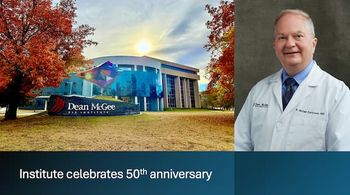
AAO, ASCRS offer guidance on femtosecond billing
The American Academy of Ophthalmology and the American Society of Cataract and Refractive Surgery have issued guidelines to assist ophthalmologists in determining their ability to charge Medicare and/or its beneficiaries for use of a femtosecond laser during cataract surgery.
Washington, DC, and Fairfax, VA-The American Academy of Ophthalmology (AAO) and the American Society of Cataract and Refractive Surgery (ASCRS) have issued guidelines to assist ophthalmologists in determining their ability to charge Medicare and/or its beneficiaries for use of a femtosecond laser during cataract surgery.
The guidelines, which only apply to the Medicare fee-for-service program, were issued in response to inquiries from ophthalmologists regarding the appropriateness of charging for laser use in certain clinical situations. Developed with input from ophthalmologists, legal counsel, and manufacturers, the guidance outlines instances when it is clearly permissible to bill-or not bill-to use this technology:
Providers may not bill Medicare, a beneficiary, or his or her secondary insurer for additional fees to perform covered components of cataract surgery with a femtosecond laser.
Providers may bill the patient an additional fee for using the femtosecond laser when performing a refractive lens exchange because the procedure is not covered by Medicare.
Providers should not use the differential charge allowed for implantation of a premium IOL to recover the costs of using the femtosecond laser for cataract surgical steps.
The guidelines developed by AAO and ASCRS are subject to modification based on any new regulations issued by Centers for Medicare and Medicaid Services or its contractors. The organizations suggest that ophthalmologists seek additional guidance directly from their Medicare carriers for coverage determinations under Medicare Part C or through commercial carriers.
To view “Guidelines for Billing Medicare Beneficiaries When Using the Femtosecond Laser,” go to the AAO Web site at
For more articles in this issue of Ophthalmology Times eReport,
Newsletter
Don’t miss out—get Ophthalmology Times updates on the latest clinical advancements and expert interviews, straight to your inbox.


















































.png)


